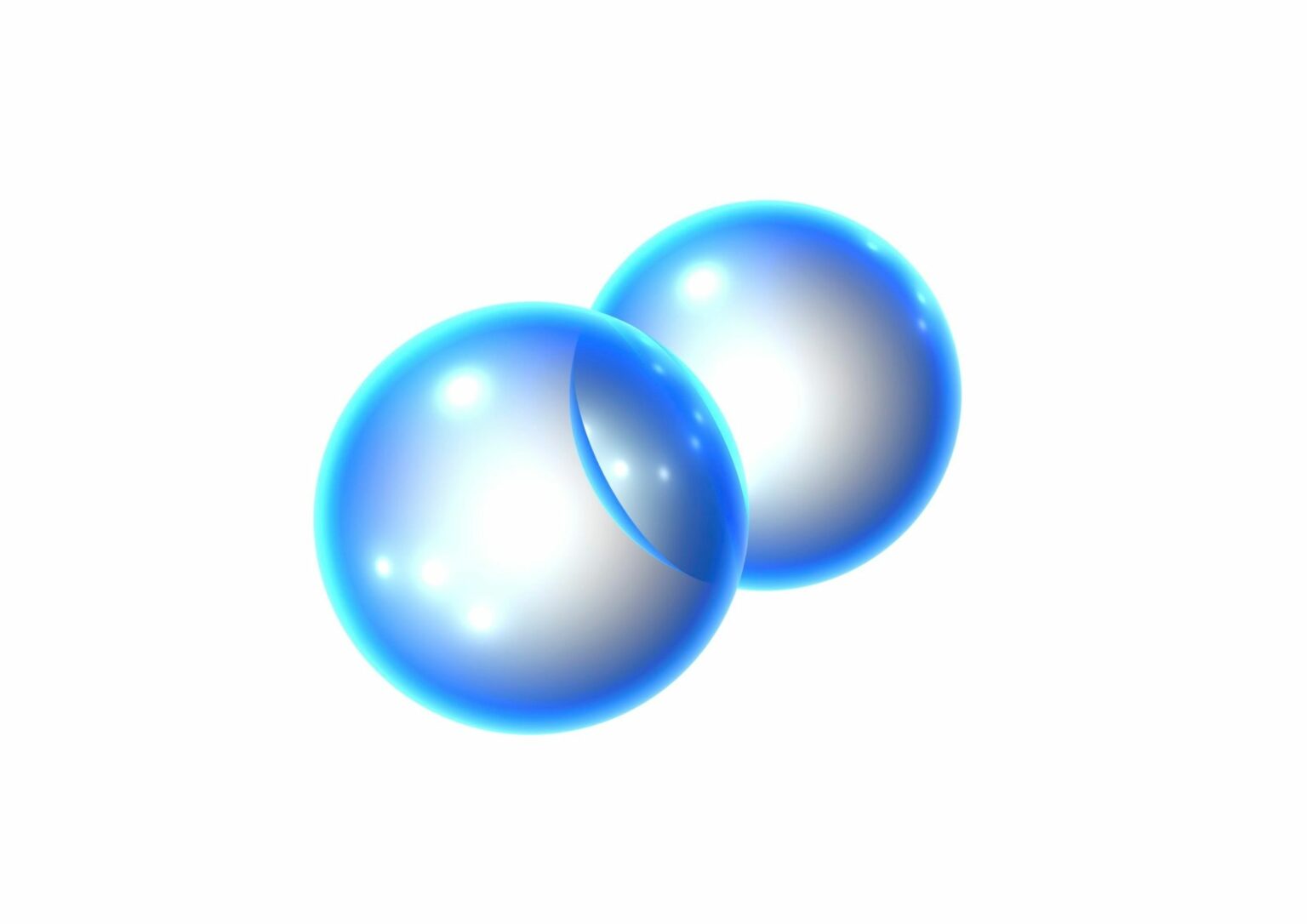The global emphasis on sustainable energy solutions has put hydrogen fuel cells, particularly Proton Exchange Membrane Fuel Cells (PEMFCs), at the forefront of modern energy research.
PEMFCs, recognized for their high power density and zero-emission output, are pivotal in advancing clean energy technologies. However, a critical challenge persists in their development: the prolonged “break-in” process necessary to achieve optimal performance pre-deployment. This study published in the International Journal of Hydrogen Energy explores a novel rapid break-in process using oxygen starvation, illuminating the potential efficiency gains without adversely affecting the membrane’s structural integrity.
According to market research, the hydrogen fuel cell market is expected to grow at a CAGR of approximately 15% from 2023 to 2030, highlighting the significance of refining such processes. The conventional break-in procedures for PEMFCs can often extend from several hours to an entire day, consuming valuable time and resources in industrial settings. During this period, the membrane-electrode assembly (MEA) is conditioned to ensure stable voltage and power output. However, traditional methods often result in variable performance outcomes and increased hydrogen consumption.
The study focuses on the efficacy of gas starvation methods, conducted at temperatures between 60 to 70 °C, to enhance the electrochemical reactions crucial for the break-in process. Results indicate that fuel cell performance notably improved post-starvation, evidenced by increased voltage at all current densities. Specifically, with H2/Air and H2/O2 operations, outputs elevated to 400 mW cm−2 and 790 mW cm−2, respectively, after just a few hours of conditioning. This represents a significant improvement over conventional methodologies, suggesting a pathway to more efficient energy conversion processes.
One may question the impact of such aggressive conditioning on PEMFC durability. However, the study deploys robust electrochemical diagnostics—such as H2 crossover measurements and impedance spectroscopy—which confirm that the O2 starvation method maintains the MEA’s structural integrity. An H2 crossover well below 5 mA cm−2 demonstrates minimal compromise to membrane performance, an essential consideration for the longevity and reliability of PEMFCs.
Experimental insights from a 22 factorial design optimization reveal that operating under low temperature and high humidity conditions, particularly with a Nafion membrane of 18 μm thickness, can yield a peak power density of approximately 600 mW cm−2 without necessitating back pressure. This optimization suggests that careful control of environmental conditions can further streamline the break-in process, making it non-intrusive yet effective.
A critical understanding arises from the interplay between MEA hydration and impurity management. Early in the break-in process, membrane hydration is inadequate, hampering proton transport pathways and leading to suboptimal performance. The introduction of a humidified environment catalyzes improved ionic conductivity and flushes out impurity cations from the catalyst layer, which otherwise impair the catalytic activity.
Moreover, this study sheds light on the underexplored territory of morphological modifications within the porous electrodes. By activating previously ‘dead’ pores, mass transport losses are substantially reduced, enhancing the overall power output of the cell—a necessary consideration for those focusing on the efficiency of PEMFCs in real-world applications.
The implications for industrial applications are considerable. Implementing this method could pave the way for reduced production costs and enhanced scalability. This could accelerate the commercial adoption of PEMFCs across various sectors, including transportation and stationary power, driving forward the clean energy agenda.
Stay updated on the latest in energy! Follow us on LinkedIn, Facebook, and X for real-time news and insights. Don’t miss out on exclusive interviews and webinars—subscribe to our YouTube channel today! Join our community and be part of the conversation shaping the future of energy.





